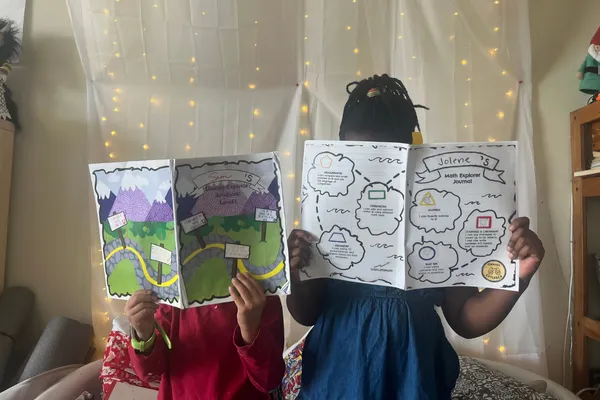
Season 4: The Roadmap
In Season 1, we dissected the problems facing our education system and how we got to where we are.
In Season 2, we tried to advocate for change at the policy level. Womp womp.
In Season 3, we interviewed and learned from others on the journey to making changes in education and had some inspiring and sobering conversations.
Now we're here in Season 4 to share what we've learned and what we think a new roadmap can look like.
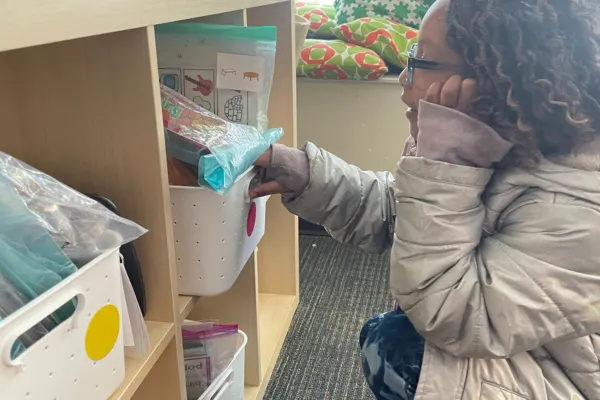
S4.E13: Want students to be more independent? 5 ideas for engaging and empowering classroom "management"
SUMMARY:
This week on Season 4, Episode 13 of That's SO EDVOLUTIONARY, we're building on the foundation we set last week on rethinking classroom 'management' to be less about control and more about creating the conditions that bring out the best in students so there's less you feel like you have to "control."
Today we dive into an element of the E-- engaging & empowering classroom management and share 5 of our favorite strategies we're taking into this back to school season.
LISTEN:
READ: Want students to be more independent? 5 ideas for engaging and empowering classroom "management"
Strategy 1: Minimize teacher voice
Our voices retain more power and students are more empowered when we do this! Here's some ways we try to manage our voices in the classroom.
Consistent picture cues: whenever there is a transition or students are asked to do something, there’s a slide that shows what to do so we don’t have to say it.
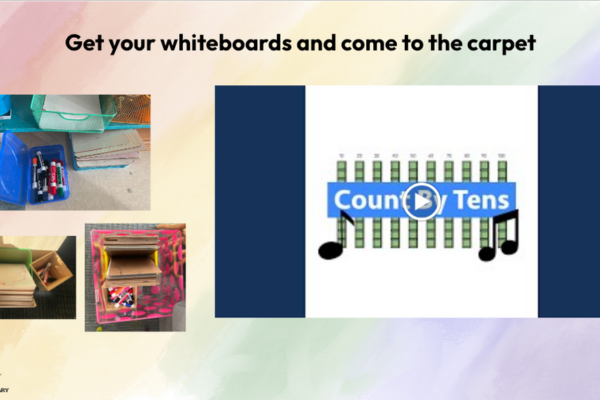
Musical transitions: students get to know the song and it helps them get places on time without having to have their eyes on a board timer or something that will slow them down. It can also be something that ensures they get cleaned up early enough to participate in!
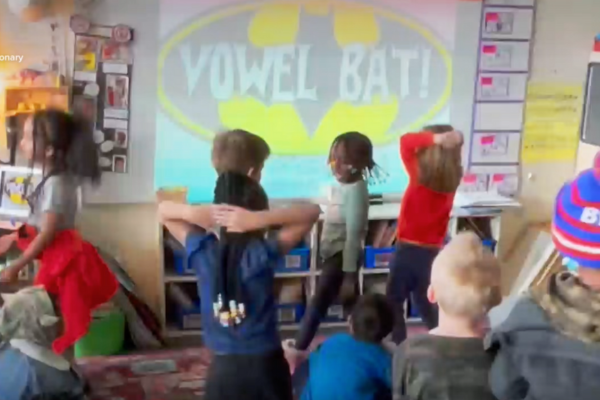
Silent transition routines: Students must pay attention to “clues” of when they can line up. Everyone (including the teacher) is silent. You can read all about the mental math version of this we use and also get a free week to try out here. If you're signed up for a free T.E.A.C.H. Hub it's already in there under "E!"
Strategy 2: Social cohesion over compliance at the start of whole group
I’ve used (and seen a lot of teachers use) class points to help with transitions. This can feel effective but the tone it often promotes is alienation for students who struggle and frustration for everyone else.
Contrast that to singing a song that everyone wants to rush to participate in. Singing together literally releases endorphins– the happy chemicals in our brains!
Step 3: Class Reflections
Class reflections are different from class points. Class points don’t do anything to help students internalize and own the expectations… which makes them necessary all year long. Class reflections are perfect for launching a routine you want students to truly own and can be brought back if the routine starts to slide. There is no reward tied to them (except they get less "bossing around" by the teacher) so students have no reason to not be truthful.
How to implement:
Decide 3-4 clearly measurable expectations you want students to reflect on. Put them on chart paper. Here’s an example from building the self-directed time in our classroom. In the space under the text you would put tallies if the goal was met (see next step).
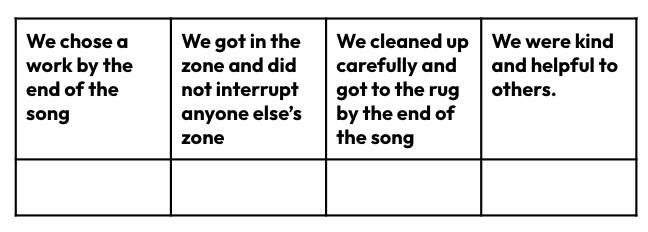
At the end of the time that encompasses the expectations, have students reflect on whether or not the class nailed each expectation. This needs to be quick and engaging. Here's how we do it:
Have yeses go to one side of the carpet and nos to other.
Invite students to discuss with a partner or as a group (you’ll have to model this first).
Use a bell or attention getter to get attention back on you.
Pull an equity stick to call on one student from each group to explain reasoning.
Allow students to change sides if they were convinced.
Majority wins– add a tally if the class decides the expectation was met. If not, bring it up before the start of the next day’s block as a goal.
Go on to the next one.
This does take time at the beginning of the year but that’s what the first six weeks is all about if you want a cohesive community!
Strategy 4: Organizing for independence
We want students to feel like this is their classroom and make it easy for them to take care of it.
Materials is an area this can get most chaotic. For our K/1 students, we use a color system to match activities back to the right bin. Then we use a different color badge to designate the level so we can have differentiated activities to meet all student needs.
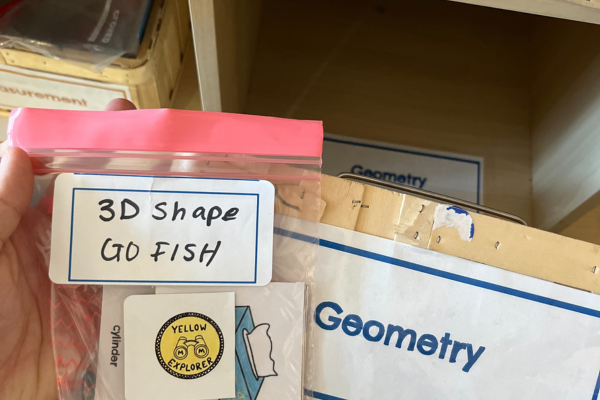
Step 5: Adopt a class puppet
There are so many reasons puppets can be an incredible “management” AND teaching tool. Here are two of our favorites:
They immediately get student’s attention in a fun, positive way.
They can be used to teach important character lessons by taking on the role of mistake-maker and removing any possible shame from students
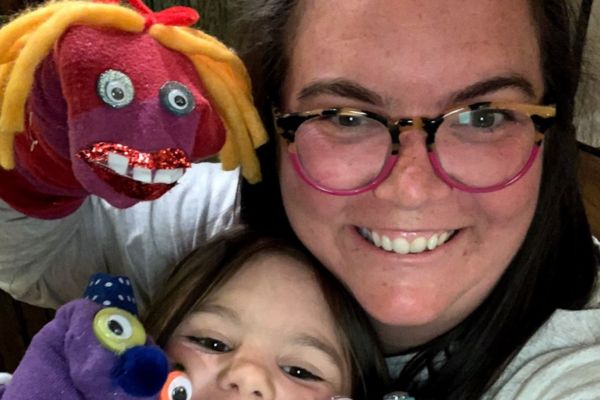
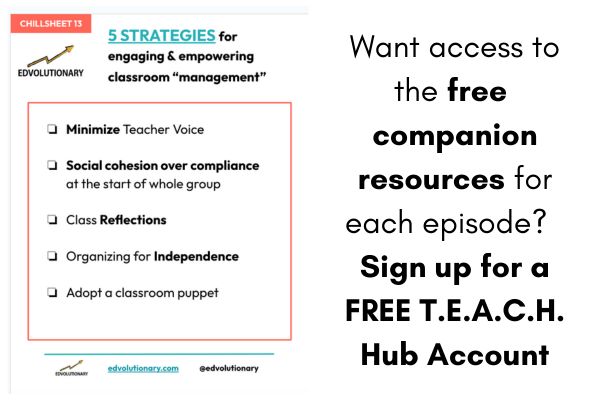
Click here to get yours!
© Copyright 2023 EDVOLUTIONARY



